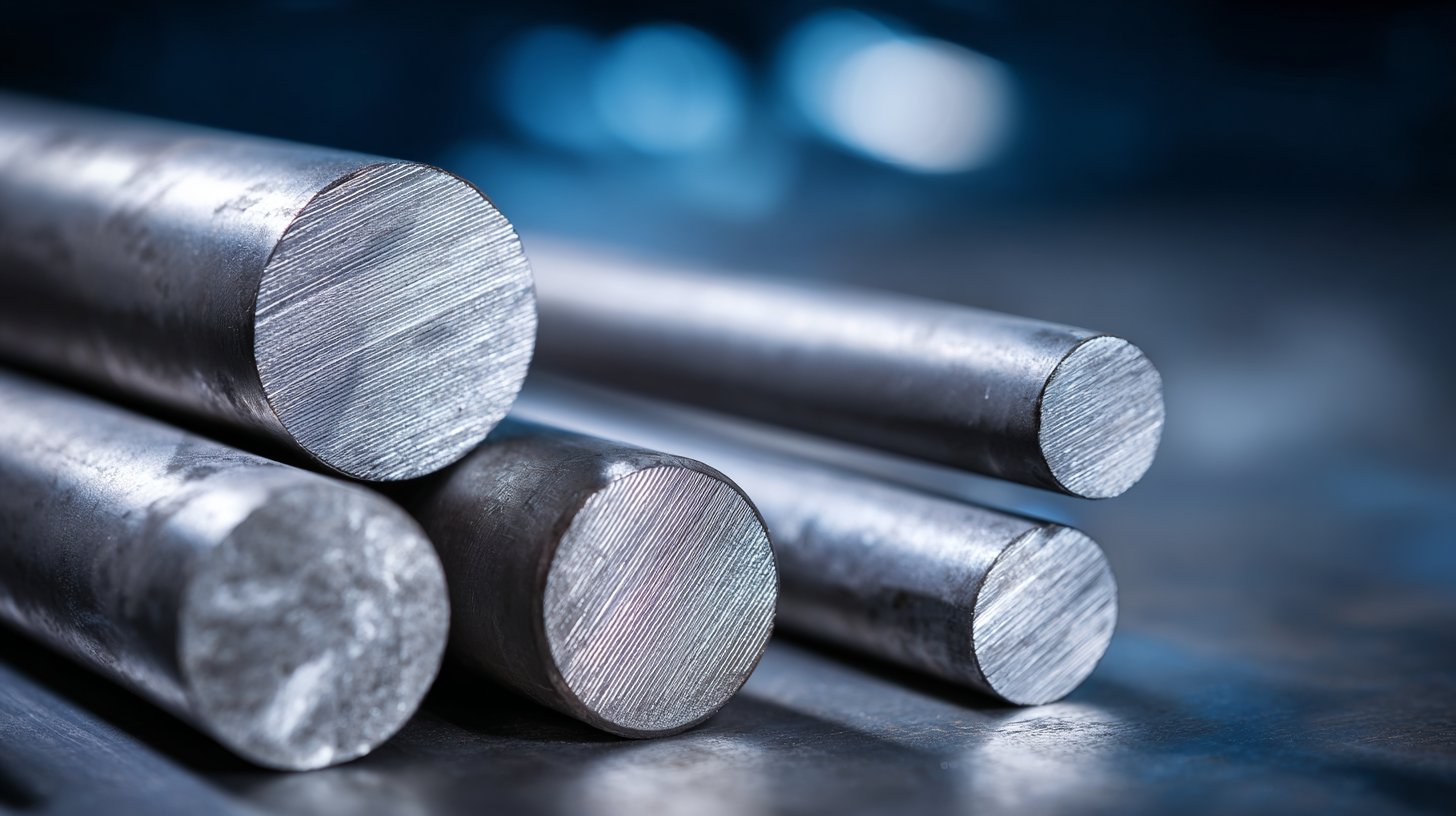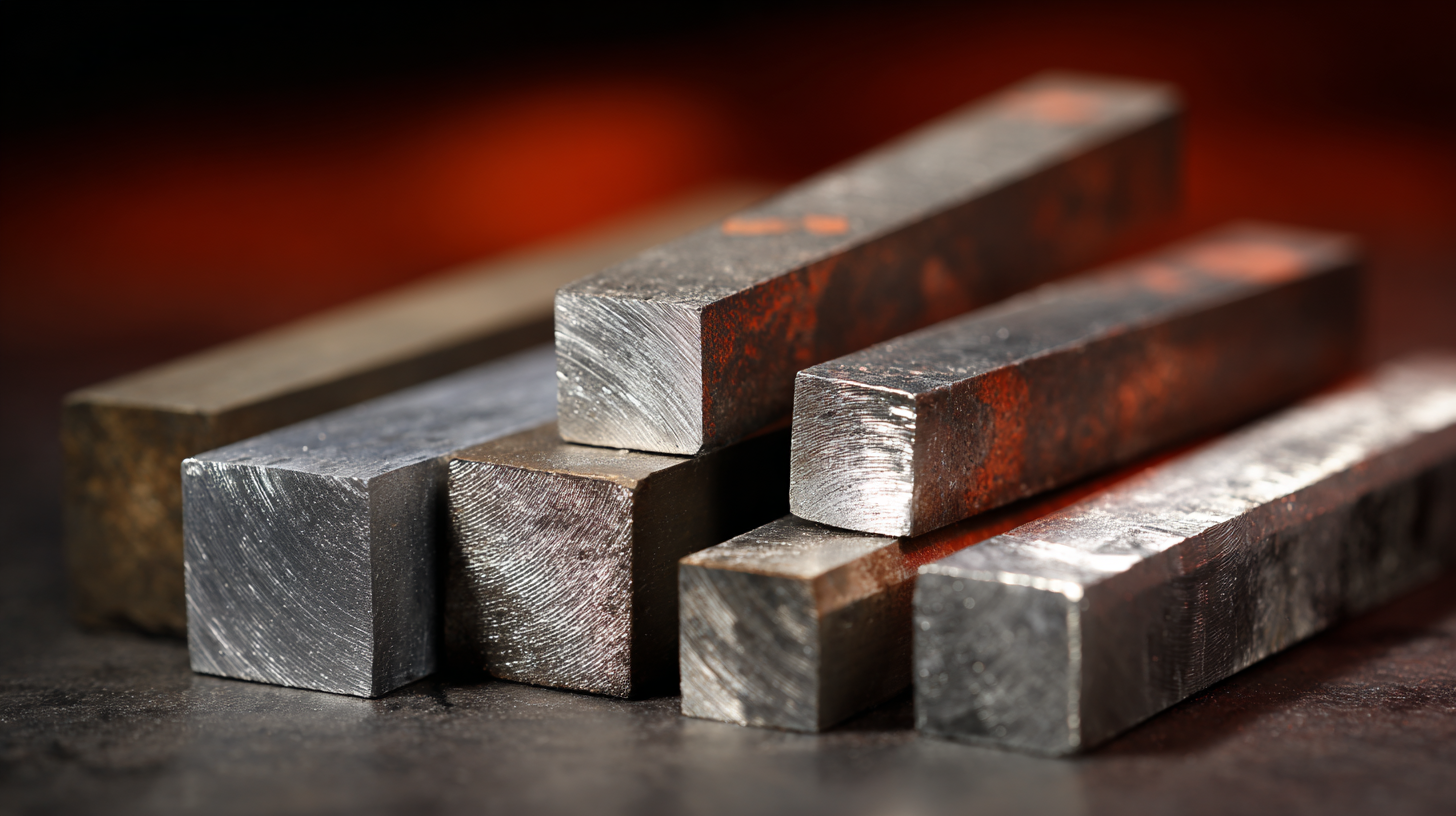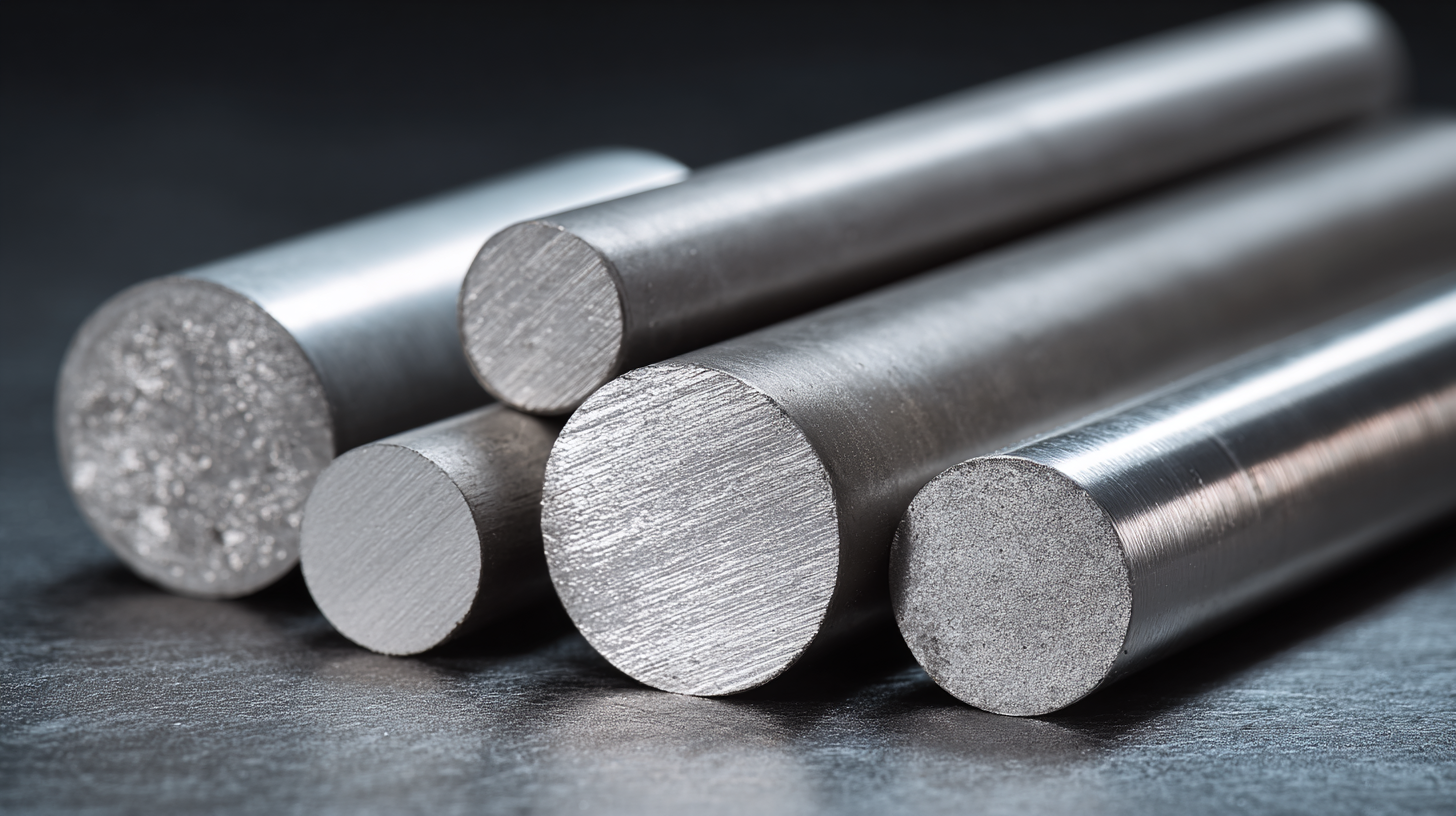Leave your message now to get your free sample and discount price
Leave your message now to get your free sample and discount price
In recent years, the demand for advanced materials in various industries has propelled the development and application of Tungsten Alloy, a high-performance material renowned for its unique properties, such as outstanding density and excellent thermal stability. According to a report by Global Tungsten & Powders Corp, the tungsten market is projected to grow by over 5% annually, driven primarily by its extensive use in aerospace, military applications, and medical equipment. The remarkable strength and toughness of Tungsten Alloy make it a preferred choice for components that require high durability and resistance to deformation. As industries seek innovative solutions to enhance performance and efficiency, the integration of Tungsten Alloy in cutting-edge technologies is becoming increasingly significant, fostering advancements in sectors ranging from defense to electronics and renewable energy. This blog will explore various innovative applications of Tungsten Alloy, illustrating its pivotal role in reshaping modern industrial practices.

The aerospace engineering sector continuously seeks materials that offer a blend of strength, durability, and lightweight properties, making tungsten alloys an ideal candidate for modern applications. Tungsten alloy’s high density and resilience under extreme conditions make it perfect for use in components such as turbine blades and structural supports, where performance and reliability are paramount. Moreover, its excellent thermal and electrical conductivity enhances the efficiency of aerospace systems, allowing for more innovative designs in aircraft and spacecraft.
Recent advancements highlight the versatility of tungsten alloy beyond traditional applications. For instance, the use of a tungsten carbide nanohybrid heterostructure in electrocatalysis demonstrates its role in developing cutting-edge sensors. This innovative approach not only showcases tungsten’s adaptability but also emphasizes its potential to improve performance in diverse fields, including aerospace. Such advancements underline the importance of tungsten alloys in pushing the boundaries of technology, facilitating the creation of more efficient, robust aerospace components capable of meeting the demands of the future.
Tungsten alloys are carving a niche in medical device innovation, owing to their unique properties such as high density, excellent radiation shielding capabilities, and robust mechanical strength. Recent industry reports indicate that the medical device market is projected to reach $612 billion by 2025, with advanced materials like tungsten alloys playing a crucial role in this growth. The exceptional density of tungsten, which is nearly twice that of lead, makes it an ideal candidate for radiation therapy applications, where minimizing exposure to surrounding tissues is paramount.
Moreover, tungsten alloys provide significant advantages in the design of surgical instruments and implants. Their biocompatibility combined with wear resistance ensures longevity and reliability in tools that are vital for complex procedures. According to a report by Research and Markets, the global market for surgical instruments is expected to grow at a CAGR of 5.4% from 2020 to 2027, highlighting the increasing demand for high-performance materials. As the healthcare sector continues to embrace innovative technologies, tungsten alloys are set to revolutionize the design and functionality of medical devices, enhancing patient safety and operational efficiency.
| Application Area | Tungsten Alloy Type | Key Benefits | Typical Use Cases |
|---|---|---|---|
| Surgical Instruments | Tungsten-Copper Alloys | High density, excellent thermal conductivity | Electrosurgical devices, laser cutting instruments |
| Radiation Shielding | Tungsten-Bismuth Alloys | Superior radiation absorption | Diagnostic imaging equipment, protective wear |
| Dental Tools | Tungsten-Carbide Alloys | Durable and wear-resistant | Burs, drills, and cutting tools for dentistry |
| Implantable Devices | Tungsten-Nickel-Copper Alloys | Biocompatibility and strength | Stents, orthopedic implants |
| Medical Robotics | High-Performance Tungsten Alloys | Precision weight distribution | Robotic surgery systems, automated diagnostic tools |
Tungsten alloys have emerged as critical materials in defense applications, where performance and safety are paramount. The unique properties of tungsten, especially its high density and strength, make it ideal for various military uses, including armor-piercing ammunition, counterweights in military aircraft, and radiation shielding. The military increasingly relies on tungsten alloys not only for their formidable physical attributes but also for their ability to withstand extreme conditions, thus enhancing the longevity and reliability of defense systems.
In addition to their defensive capabilities, tungsten alloys play a significant role in improving safety across various defense technologies. For instance, in munitions, the use of tungsten-based alloys minimizes collateral damage while maintaining lethality, allowing for precision strikes without endangering civilian areas. Furthermore, these materials offer superior thermal stability, which is critical for systems that operate under high-stress and temperature conditions, like missile systems and fighter jets. As industries continue to innovate and push the boundaries of technology, tungsten alloys will remain at the forefront, ensuring a balance of power and protection for national defense initiatives.
The energy production industry is continually evolving, with tungsten alloys emerging as a significant player in enhancing efficiency and performance. These alloys, renowned for their exceptional density and high melting points, are increasingly utilized in applications such as nuclear reactors and renewable energy systems. In nuclear power plants, tungsten alloys are employed in the manufacturing of control rods due to their ability to withstand extreme temperatures and neutron radiation, ensuring safer and more reliable energy production.
Moreover, as the world shifts towards renewable energy sources, tungsten alloys are finding innovative applications in wind and solar industries. In wind turbines, components made from tungsten alloys can endure harsh environmental conditions while minimizing wear and tear, thus extending operational lifespans. Similarly, in solar power systems, tungsten alloy solar cells show promise for improving energy conversion rates due to their superior conductivity. The integration of these robust materials not only enhances energy efficiency but also supports the transition towards sustainable energy solutions, paving the way for a greener future in energy production.

 Tungsten alloys are making significant strides in the
automotive industry, driving advancements that enhance
performance while promoting sustainability. Their unique properties,
including high density, exceptional strength, and resistance to heat and wear,
make tungsten alloys an ideal material for various automotive applications. From engine components to balancing weights,
the lightweight yet durable nature of tungsten alloys enables manufacturers to design vehicles that offer both higher efficiency
and reduced emissions.
Tungsten alloys are making significant strides in the
automotive industry, driving advancements that enhance
performance while promoting sustainability. Their unique properties,
including high density, exceptional strength, and resistance to heat and wear,
make tungsten alloys an ideal material for various automotive applications. From engine components to balancing weights,
the lightweight yet durable nature of tungsten alloys enables manufacturers to design vehicles that offer both higher efficiency
and reduced emissions.
Sustainability is at the forefront of modern automotive design,
and tungsten alloys contribute to this crucial shift. By using tungsten in key components, manufacturers can achieve
longer lifespans and minimize the need for frequent replacements, thereby reducing waste. Additionally,
the recyclability of tungsten alloys aligns with the industry's commitment to environmental responsibility. Moreover,
as electric vehicles become more prevalent, tungsten alloys help optimize battery performance and charging efficiency,
further supporting the transition to greener technologies in the automotive sector.
Through innovative applications, tungsten alloys are paving the way for a more sustainable future in transportation.
